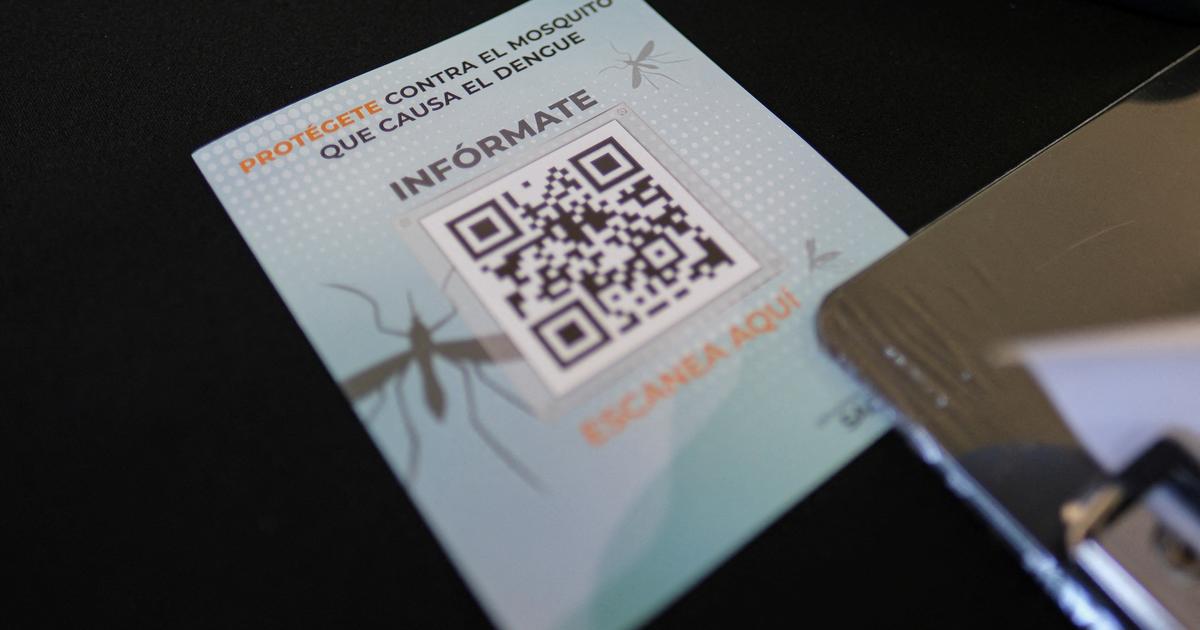Tough weather (Photo: Reuven Castro)
The heavy haze that has prevailed throughout the country over the past two days, together with the high temperatures, may cause migraine attacks and even worsen the frequency and intensity of pain among sufferers. One million Israelis suffer from migraines of varying degrees of severity, with more than half of them sensitive to weather changes, including exposure to strong sun, extremely hot or cold weather, high humidity or dry air, and dust particles, leading to an intensification of migraine attacks.
Migraine is a common neurological disorder that causes headaches of moderate to severe severity with varying frequency. In fact, migraine is the most common brain disease in the world and affects about 15% of the global population, and its prevalence in Israel stands at about 10-15% of the adult population, with women at two to three times higher risk of developing migraine. The World Health Organization has defined migraine as a very disabling chronic morbidity, which causes significant functional disruption and significant impairment of quality of life, while harming the patient's own health fabric, family ties, social functioning and ability to work and study.
What does a migraine attack look like?
A migraine attack is characterized by episodic headaches, usually one-sided, with moderate severe pain, lasting between four hours and 72 hours. These pains worsen with exertion and are accompanied by nausea and/or vomiting and sometimes also intolerance to light and noise. Two main forms of migraine can be observed: migraine without aura (preliminary event) and migraine with aura. In the case of a migraine attack with aura, the aura appears before the headaches and lasts on average about half an hour, and is usually manifested as a disturbance in the visual field (the appearance of flashing or jagged lights or the appearance of spots of blindness in the visual field), a disturbance of sensation in the torso or difficulty speaking. In addition, there is evidence that in some cases a feeling of nervousness, fatigue and lack of appetite will appear in the 24 hours preceding the attack.
A woman with a headache (Photo: ShutterStock)
The effect of seasonal changes on migraine attacks
Nearly half of migraine sufferers may be very sensitive to changes in the weather. To date, we have not found an explanation for this phenomenon, but it seems that changes in the weather cause the chemical system in the brain to become out of balance, including a change in serotonin levels, which is involved in the development of a migraine attack. Another fact that reinforces the link between exposure to strong sunlight and worsening migraine headaches is the fact that people with migraine have optic nerves that are more sensitive to light compared to people who do not suffer from migraine. In addition, it is known that sleep deprivation affects migraine attacks, so since shorter sleep hours can be expected during the summer, migraine attacks can be expected to worsen.
There are a number of triggers that may cause a worsening in the frequency and intensity of migraine attacks, including exposure to strong sun, extremely hot or cold weather, high humidity or dry air, winds and stormy weather, and changes in barometric pressure (the pressure of the weight of air against the ground).
How can migraine attacks be treated?
In order to try to reduce the frequency of seizures and the intensity of pain, a number of basic actions can be performed. First, the recommendation is to keep a headache diary which records the seizures and the causes that led to them. In this way, we can identify weather-related triggers and we can act to neutralize them as much as possible. For example, when the weather is particularly hot, we try to stay in a closed and shaded place and avoid outdoor walks. Another recommendation is to try to maintain a healthy lifestyle and make sure to consume healthy food, engage in physical activity, drink a lot, maintain adequate sleep hours and avoid stress as much as possible.
And what happens if you do have a migraine attack?
It is important to remember that medication should be taken as soon as the migraine attack begins, and not wait. There are a variety of over-the-counter pain medications, triptans, and in the last two years a new generation of dissolving oral medications that are effective in both preventing seizures and preventing and reducing the frequency of attacks. The advantage of the new drugs is that they can be given to everyone, even people with comorbidities including heart disease who cannot receive triptans, and have an excellent safety profile, meaning that there are almost no side effects, so that patients can quickly return to their routine and lead a normal lifestyle.
Dr. Oved Daniel is Chairman of the Israeli Headache Society of the Israel Neurological Association
- health
- My Health
Tags
- migraine
- headache
- haze









